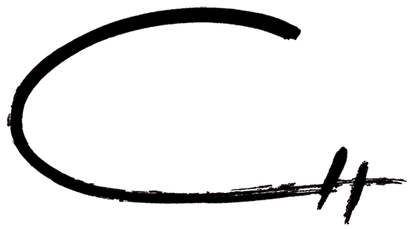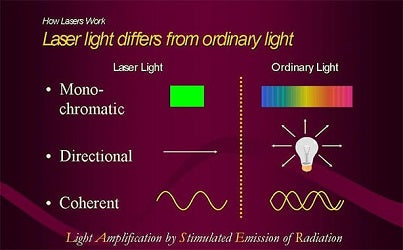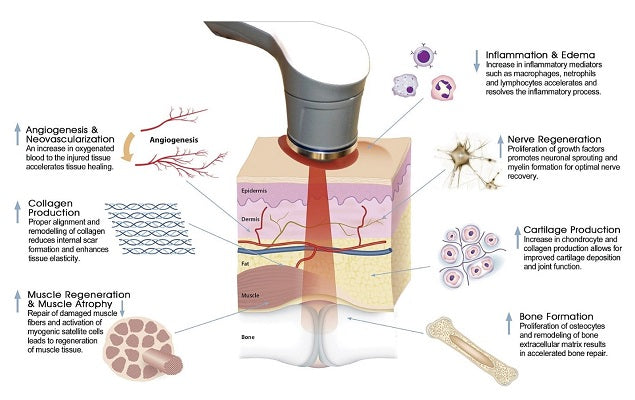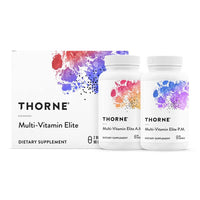Health effects of Laser Therapy
Accelerate cell repair
Accelerate tissue repair and promote cell growth
Photons of light from lasers penetrate deep into tissue and accelerate cellular reproduction and growth. The laser light increases the energy available to the cell so that the cell can take on nutrients faster and get rid of waste products.
As a result of exposure to laser light, the cells of tendons, ligaments, and muscles are repaired faster.
Heal your wounds on your own schedule
Laser light stimulates fibroblast development in damaged tissues.
Fibroblasts are the building blocks of collagen, which is predominant in wound healing. Collagen is the essential protein required to replace old tissue or to repair tissue injuries.
As a result, laser therapy is effective on open wounds and burns.
Expedite wound healing
Immuno regulation
Help your body's natural lines of defense
Laser therapy has a direct effect on immunity status by stimulating immunoglobulins and lymphocytes.
Laser light is absorbed by chromophones (molecule enzymes) that react to laser light.
The enzyme flavin mononucleotide is activated and starts the production of ATP (adenosine triphosphate), which is the major carrier of cell energy and the energy source for all chemical reactions in the cells.
Slow recovery of nerve functions in damaged tissue can result in numbness and impaired limbs.
Laser light speeds up the process of nerve-cell reconnection and increases the amplitude of action potentials to optimize muscle action.
Improve nerve function
Improve vascular activity
Laser light may significantly increase the formation of new capillaries in damaged tissue, speeding up the healing process, closing wounds more rapidly while also reducing scar tissue.
Additional benefits include acceleration of angiogenesis, which causes temporary vasodilatation, an increase in the diameter of blood vessels.
Laser therapy creates higher outputs of specific enzymes, greater oxygen, and food particle loads for blood cells.
Increase metabolic activity
Pain relief
Laser therapy has a high beneficial effect on nerve cells which block pain transmitted by these cells to the brain and which decreases nerve sensitivity.
Patients also experience less pain due to laser therapy's ability to reduce inflammation.
Another pain blocking mechanism involves the production of high levels of pain killing chemicals such as endorphins and enkephalins from the brain and adrenal gland.
Laser therapy reduces the formation of scar tissue following tissue damage from cuts, scratches, burns, or surgery.
Reduce fibrous tissue
Reduce inflammation
Stimulate your anti inflammatory response
Laser therapy has an antiedemic effect as it causes vasodilation (the dilation of blood vessels, decreasing blood pressure).
It also activates the lymphatic drainage system to help drain swollen areas.
As a result, there is a reduction in swelling caused by bruising or inflammation.
Laser therapy stimulates muscle trigger points and acupuncture points on a non-invasive basis, providing musculoskeletal pain relief.
Trigger & acupuncture points
Still not convinced?
Just listen to what our patients have to say about Laser Therapy…
Ready to try Laser Therapy?
Fill out a short health questionnaire to help up assess your health needs.
Once we receive your responses our team will get in touch with you shortly to schedule your first appointment!







